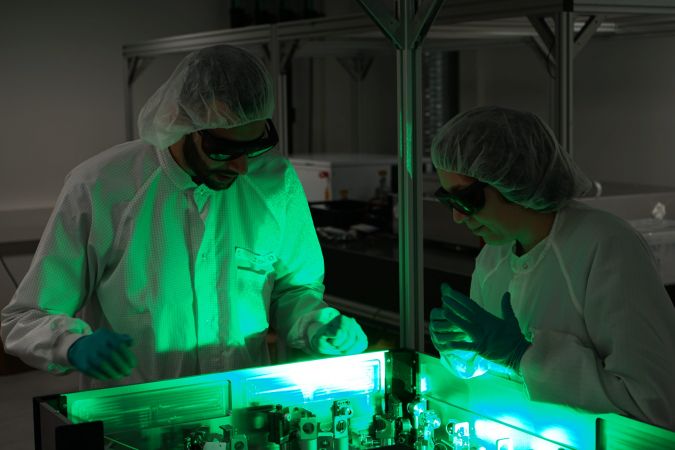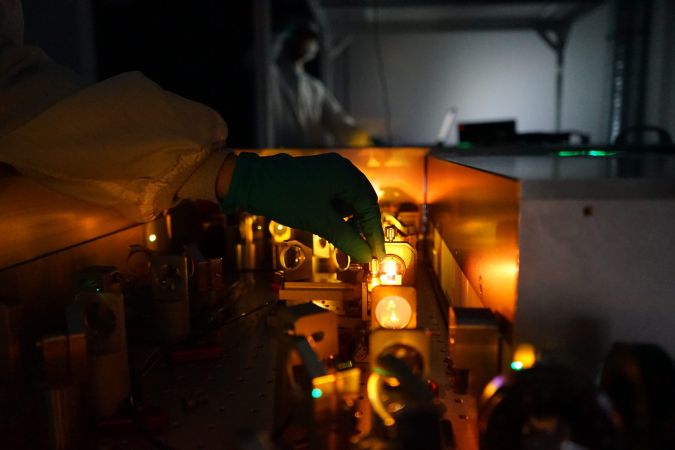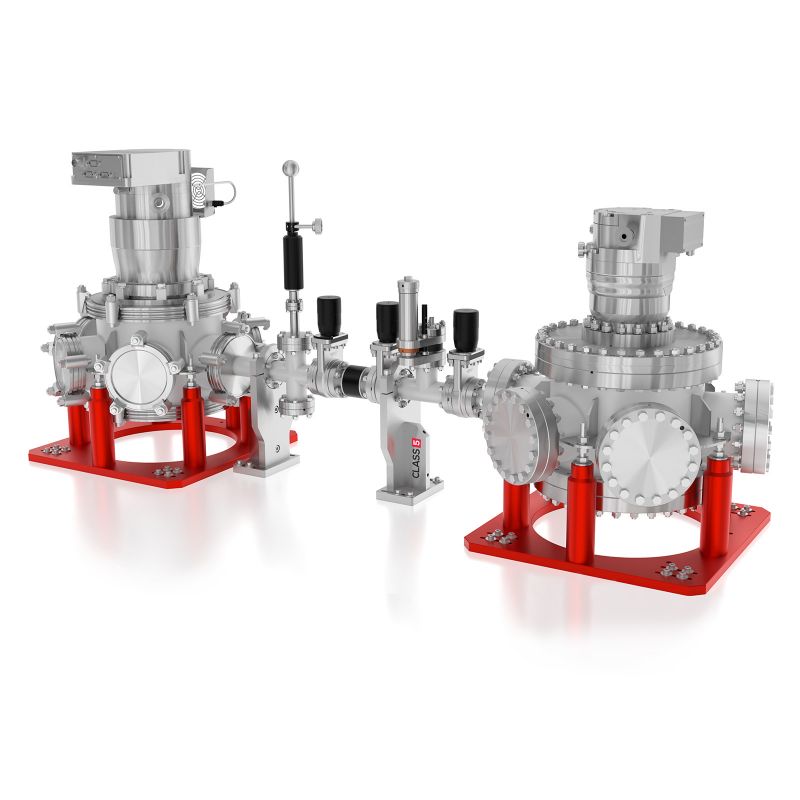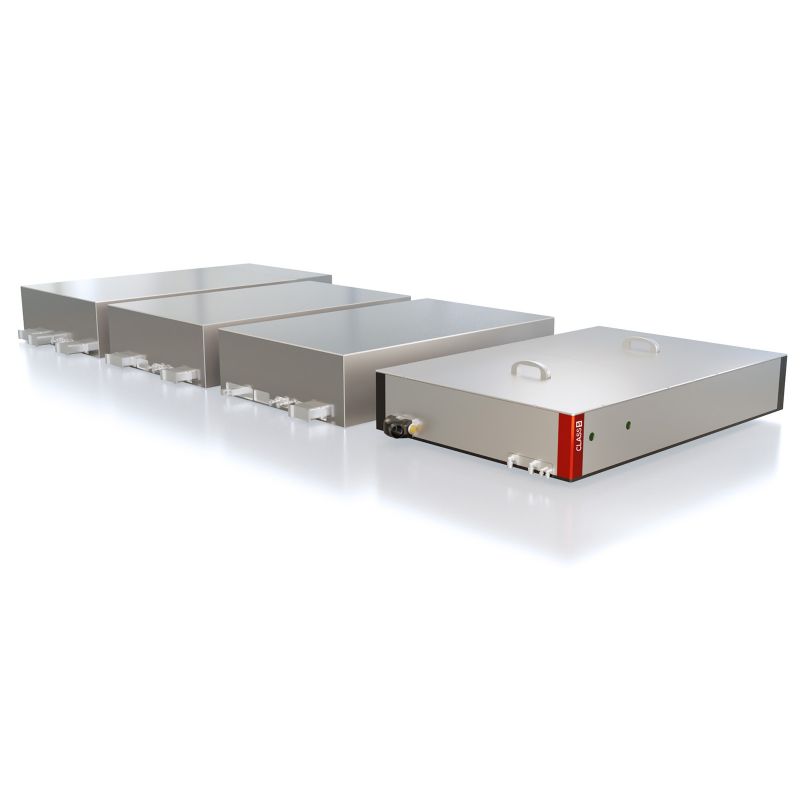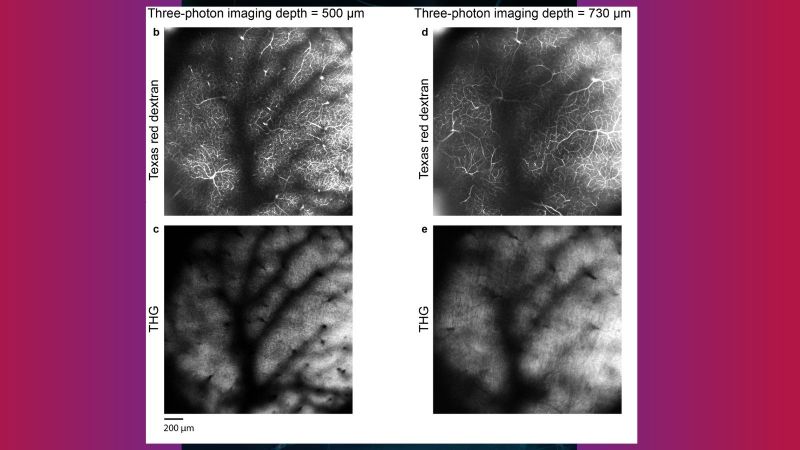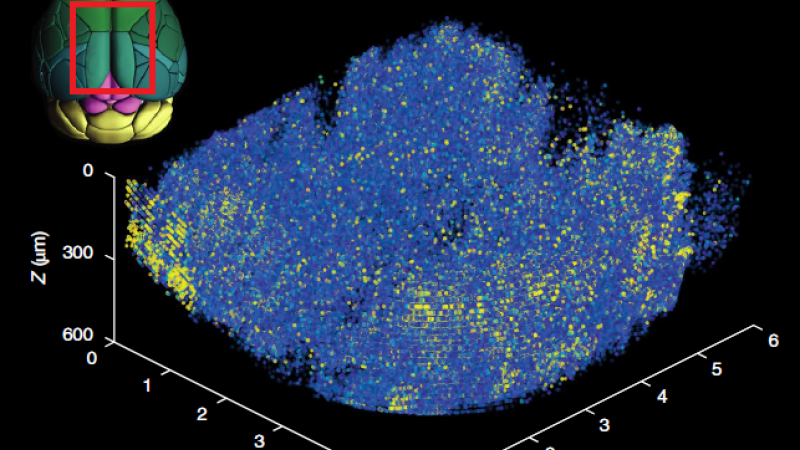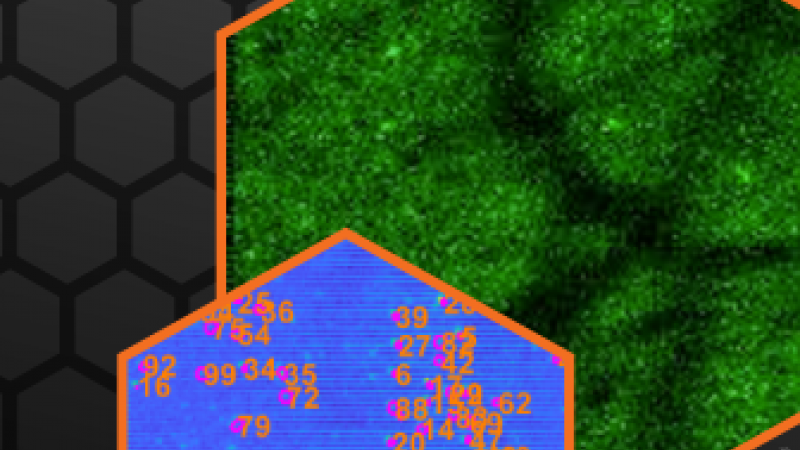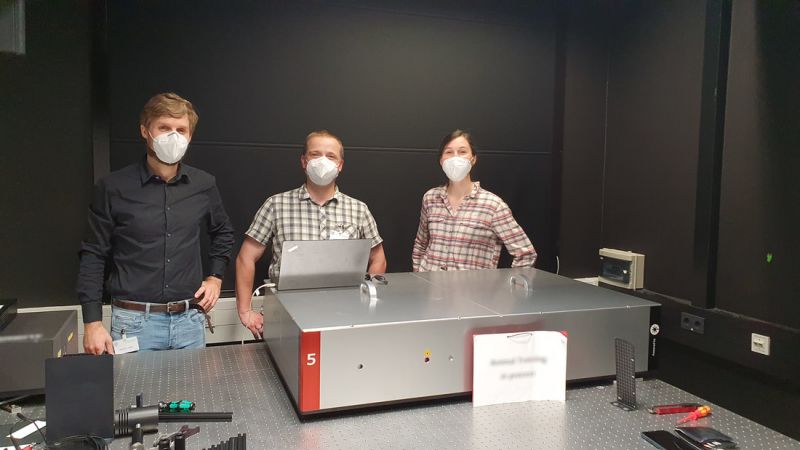Material science & photo-electron spectroscopy
Application
In condensed-matter physics, investigating the electronic structure and its response to external excitation is critical to understand fundamental material properties. For example, angle-resolved photoemission spectroscopy (ARPES) is a versatile tool for observing directly the electronic band structure with energy and momentum information. Recent advances yielded insights to a broad range of quantum materials, e.g. high-temperature superconductors, topological materials, two-dimensional materials, and heterostructures.

Pump-probe: time-resolved advanced material studies
In order to carry out a time-resolved study on ultrafast time-scale, the co-called “pump-probe” technique is essential. In this scheme, two laser pulses interact with the material: the pump and the probe pulse. The pump pulse triggers an effect (excitation) within the material. The probe pulse analyses how that effect evolved a few femtoseconds or picoseconds after the trigger. Especially, for time-resolved ARPES experiments scientists want to trigger changes in the electronic band-structure of a complex material by absorbing an ultraviolet or visible pump photon. Subsequently, the band structure is recorded using a series of ARPES measurements for different moments in time. The ARPES probe measurement itself requires UV or EUV probe photons to achieve photo-emission of the electrons at different angles. As a result, the series of ARPES probe measurements gives a stroboscope-like “movie”, giving deep insights on how that complex material behaves on the ultrafast time-scale.
Most advanced experiments require sources that provide simultaneous optical or THz excitation (pump) and EUV/XUV ARPES probing. Typically, 21 eV are photon energy for EUV/XUV probing is implemented in order to access the full momentum space (k-space) of most common materials. Nowadays, laser sources can provide this flexibility from EUV/XUV to mid-IR and even THz. Driving a brilliant EUV high-harmonic generation (HHG) source such as our Moonlander HHG with a White Dwarf HE OPCPA laser system allows even for tuning of the EUV/XUV probing wavelength.


By loading the video, you agree to YouTube’s privacy policy.
Learn more
Publications
-
April 5, 2022Prakriti P. Joshi, Ruiyu Li, … and Sarah B. King, Nanoimaging of the Edge-Dependent Optical Polarization Anisotropy of Black Phosphorus, Nano Lett. 2022, 22, 8, 3180–3186
-
May 15, 2020Dual-channel laser system with gap-less tuning from 250 – 1300 nm at megahertz repetition rates for time-resolved photoelectron-emission microscopy and spectroscopy, Conference on Lasers and Electro-Optics, OSA Technical Digest (Optical Society of America, 2020), paper JW2F.22.
-
March 5, 2021High power 9 μm source for spectroscopy and HHG, Proc. SPIE 11670, Nonlinear Frequency Generation and Conversion: Materials and Devices XX; 116700X (2021)
